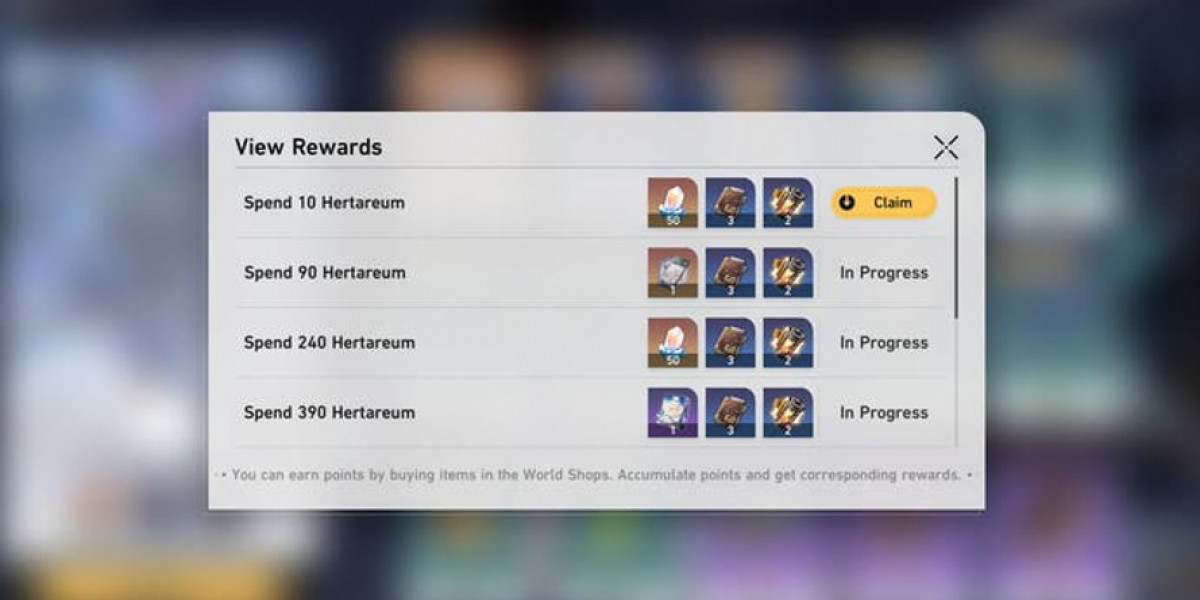The discovery of policy limits is a crucial part of managing an insurance claim, as it directly affects the settlement amount a claimant can expect. Understanding the limits of coverage can ensure that a claimant receives the maximum compensation they are entitled to under an insurance policy.
However, this process is often fraught with challenges that can delay claims or result in inaccurate conclusions. The intricacies of insurance policies, legal barriers, and communication breakdowns can make discovering the true policy limits difficult.
We will explore the challenges involved in policy limit discovery and provide strategies to overcome them, ensuring that claimants can navigate the process more effectively.
Ambiguities in Policy Language
Challenge:
Insurance policies are known for their complex and often confusing language. Terms such as "aggregate limits," "per occurrence," and "sub-limits" may be defined in ways that are difficult to understand for someone without specialized knowledge of insurance contracts. These ambiguities can make it challenging to pinpoint the exact limits of coverage and understand how they apply to a particular claim.
For example, a general liability policy may provide coverage for damages "up to $1 million per occurrence," but if the insurer has a separate aggregate limit, the total payout could be much lower than the claimant anticipates. This can lead to confusion or disputes between the claimant and the insurer regarding the amount owed.
Solution:
To overcome this challenge, it’s crucial to work with professionals who have experience in interpreting insurance policy language. Insurance adjusters, claims experts, or attorneys can help decipher complex terms and provide clarity on the application of coverage. Legal professionals, in particular, can explain the nuances of exclusions and endorsements that might influence policy limits.
Additionally, reviewing policy declarations pages, which summarize the policy’s key details, can often provide a clearer picture of the coverage limits and terms. Ensure that all parties involved understand not just the broad policy limits, but also how various provisions could apply to your specific claim.
Difficulty in Obtaining Policy Information from the Insurer
Challenge:
One of the most common challenges in policy limit discovery is the difficulty in obtaining accurate and comprehensive policy information from the insurer. Insurers may be reluctant to share policy details unless specifically required to do so, and some companies may provide limited or incomplete information. This is especially true if the policyholder is not the person requesting the information, or if there’s a lack of transparency about the scope of the policy limits.
In cases involving multiple parties (e.g., a car accident with several vehicles involved), this issue can become even more complicated. If you’re not the primary policyholder, it may be difficult to gain access to the necessary documents to fully assess the insurance coverage and its limits.
Solution:
One way to overcome this challenge is by requesting an official policy declaration from the insurer, which clearly outlines the coverage limits. If you have legal standing to request policy information (e.g., as a claimant or through a legal representative), the insurer should be obligated to provide this.
If access to the information is denied, legal action may be required to compel the insurer to release relevant policy details. In some jurisdictions, there are laws that mandate the disclosure of policy information in the event of a claim, especially if the policyholder has already filed a claim with the insurer.
Another approach is to obtain written consent from the policyholder (if you are not the policyholder) to allow you access to policy information. This can sometimes expedite the process of obtaining policy details.
Multiple Insurance Policies and Layers of Coverage
Challenge:
In complex claims, especially those involving severe injuries, multiple vehicles, or large-scale property damage, there may be several insurance policies in play. For instance, a claimant might have to deal with primary auto insurance, umbrella policies, excess liability coverage, and even secondary or supplementary policies (e.g., health insurance or workers’ compensation). Each of these policies will have its limits, exclusions, and terms, making it difficult to determine which limits apply to the current situation and how they overlap.
Solution:
The key to overcoming this challenge is thorough research and coordination between all parties involved. A policy limit discovery process that includes reviewing all applicable insurance policies and their terms will ensure that no coverage is overlooked. Working with a professional adjuster or attorney who understands the complexities of multi-layered insurance coverage is essential.
In cases where umbrella policies or excess coverage are involved, these policies often apply once the underlying policy’s limits are exhausted. It’s important to verify the specifics of when additional coverage applies to ensure that all potential sources of compensation are accounted for.
One strategy is to create a detailed inventory of all policies that might apply and their relevant terms. This can help you visualize how different policies interact, how limits apply, and where gaps in coverage may exist.
Lack of Communication Between Insured and Insurer
Challenge:
Effective communication between the insured and the insurer is critical for accurate policy limit discovery. However, many policyholders struggle to communicate clearly with their insurance company, and in some cases, the insurer may not respond promptly to inquiries about policy limits. This lack of communication can delay the claims process and lead to misunderstandings regarding the amount of coverage available.
Solution:
Clear, documented communication is essential to overcoming this issue. Always put in writing any requests for policy information, and make sure to follow up regularly. Keep a record of all correspondence with the insurer, including phone calls, emails, and letters.
If you are not receiving timely responses, consider escalating the issue to a supervisor or filing a formal complaint with the insurer. If the insurer continues to be uncooperative, you may need to involve a regulatory authority or an attorney who can help advocate for the release of policy information.
Additionally, having a third-party professional, such as a claims adjuster or attorney, handle communications with the insurer can help ensure that the inquiry is taken seriously and processed more efficiently.
Changes in Coverage Over Time
Challenge:
Another issue in policy limit discovery is that insurance policies can change over time. Coverage limits, exclusions, and terms may have been modified during policy renewals or due to amendments, but these changes may not always be communicated to the insured. If a policyholder is unaware of changes to their coverage, they may misinterpret their policy limits or expect a higher payout than is available.
Solution:
To overcome this, ensure that any changes to the policy, whether they are updates to coverage, renewals, or endorsements, are carefully reviewed. Request a copy of the most recent policy declaration and endorsement statements. Policyholders should also keep track of any communications with their insurer regarding changes to the policy, as this will help clarify what’s covered and the applicable limits.
Additionally, if you are working with a policyholder’s insurance policy as a claimant or legal representative, confirm the policy’s effective dates and all modifications during the coverage period. This ensures that you’re not relying on outdated information and that you’re aware of the current coverage limits.
Legal and Regulatory Barriers
Challenge:
Certain legal or regulatory barriers may exist that complicate the process of discovering policy limits. For example, some jurisdictions have laws that restrict the disclosure of insurance policy details, or the insurer may argue that the claimant is not entitled to access the information until certain conditions are met, such as a lawsuit being filed.
Solution:
In these cases, legal assistance can be vital. If the insurer is withholding policy information, it may be necessary to seek a court order to compel disclosure. In some cases, especially when dealing with large-scale claims, an attorney may help you file discovery requests or depositions to obtain the necessary information.
Moreover, understanding the legal framework within your jurisdiction is key. Legal professionals familiar with local insurance laws can guide you through the process of overcoming regulatory barriers and ensure that policy limit discovery is handled in compliance with the law.
Conclusion
Policy limit discovery is an essential step in understanding how much coverage is available to resolve a claim, but it is often fraught with challenges. Ambiguities in policy language, difficulties in obtaining information from insurers, multiple insurance policies, communication barriers, and legal obstacles can all impede the process.
However, with a strategic approach, such as consulting with experts, ensuring clear communication, and seeking legal guidance when necessary, these challenges can be overcome. Ultimately, understanding the policy limits allows claimants to navigate the claims process more effectively and maximize their settlement.









